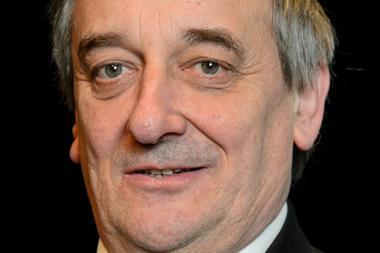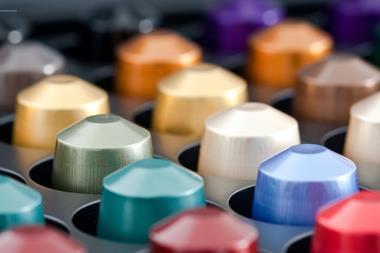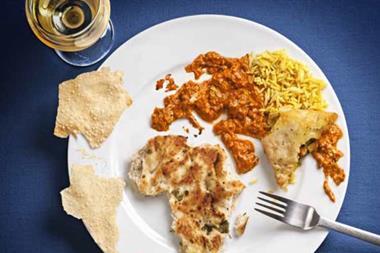
A few weeks ago, I was asked – in my capacity as The Grocer’s health correspondent – to appear on a Radio 4 programme to talk about the war on sugar.
This involved a tour around the luxurious Waitrose food hall at John Lewis, in Oxford Street, alongside a nutrition expert whose task was to search for offending items laden with the deadly white stuff and explain why they were such bad news.
It was interesting that it took even her several minutes to find a product that would be suitable to talk about – something that was high not only in sugars but the sort of stuff most likely to kill you. If it had been a live recording, the piece would have been a write-off.
When she did eventually find a suitably sugary product, the nutritionist whipped out her PHE Sugar Smart app, which would tell us how many cubes the offending item contained (as if that means anything to most people anyway). Except, of course, it didn’t work because there was no broadband reception. How many others have had the same experience in store?
It was similarly difficult when it came to pinpointing products that were low, not just in sugar, but in the free sugars that SACN and Public Health England – and, soon, David Cameron – are really on the warpath against. Of course, after editing the programme came together, but if experts like this can struggle, even when equipped with PHE’s finest armoury, what hope is there for the rest of us?
There is a growing recognition that the government’s traffic light labelling system has failed dismally to achieve what the DH promised only a couple of years ago would be a revolution in front of pack labelling, especially when it comes to the truth about public enemy number one: sugar.
The system makes no distinction between total and added (or free) sugars. And, as for the crude Sugar Smart app, while the idea is in theory a good one, it is so frighteningly unscientific that even leading health campaigners the National Obesity Forum have labelled it a “waste of time”.
So it was interesting this week to see the emergence of a new, much more basic tool developed with the help of none other than the UK’s biggest retailer, Tesco.
The Sugarwise certification scheme is billed as sugar’s equivalent of the Fairtrade marque and it certainly has the potential to become just as big, especially if Tesco and other supermarkets put their weight behind it.
Yet rather than experts at PHE, or even Tesco, the tool was originally developed by a worried mum from Cambridge, who spotted what she saw as a glaring void when it came to simple information that consumers could use to steer them to low added sugar foods.
Not only is the marque much simpler than any app – it doesn’t rely on the broadband lottery either – but as its creator Rend Platings points out, it is a positive tool, seeking to highlight innovative low-sugar products, rather than trying to demonise, tax or ban ‘bad’ ones.
The labels are being developed with the aim of appearing on products that have no more than 5% of their energy coming from free sugars, echoing the government’s new nutrition advice.
Yet the fact that Tesco, despite having been heavily involved in the development of the logo, is so loath to talk about its potential, hints at the troubles that could lie ahead for what on the surface seems like such a simple idea.
Tesco realises that, like traffic light labelling, the marque will not be universally popular among suppliers, who will undoubtedly harbour fears that for every one of their products that carries the marque, all of those that don’t could face questions. In fact, it will only work if retailers decide that the public demand for low added sugar products is worth them making a stand, starting with their vast ranges of own label products.
For that to happen without descending into a race for competitive advantage between the retailers, might be too much to ask for, but it’s an interesting thought.
And perhaps this is the sort of void that PHE and Cameron should be looking to fill, rather than unleashing Jamelia, the face of Sugar Smart, on an unsuspecting and ill-equipped public.



















No comments yet